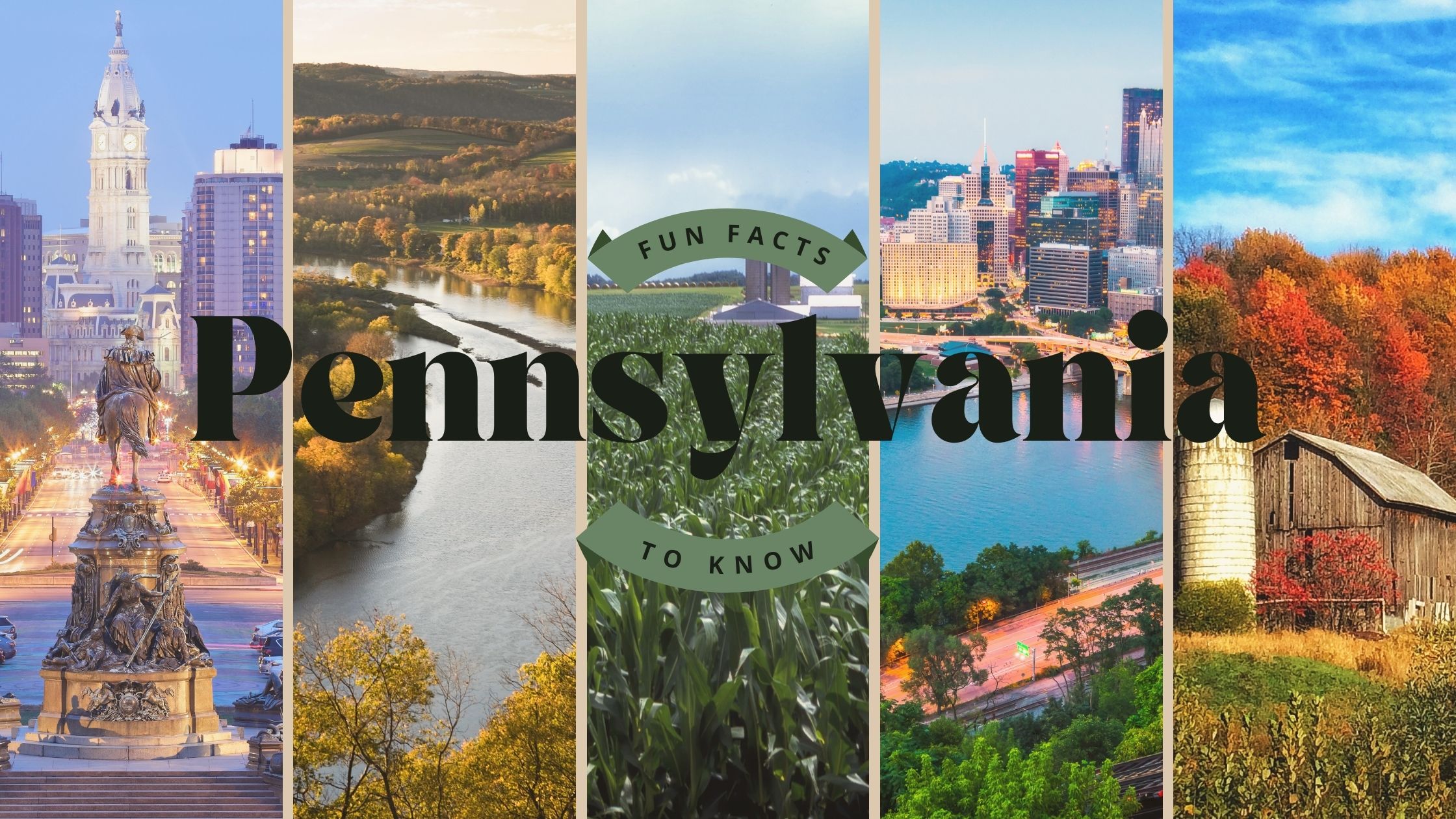Join us as we uncover the history of Mother’s Day!
Mother’s Day is a special time to show love and appreciation for the moms and mother figures in our lives. But where exactly did this holiday come from? Why do we celebrate it the way we do?
Mother’s Day history goes back hundreds of years and includes powerful women, thoughtful traditions, and even a United States president. Let’s take a closer look at how Mother’s Day came to be.
Early Roots: A Day for Mothers in the Past
Before the modern Mother’s Day was celebrated in the United States, other countries had their own versions of honoring mothers. In England, there was a tradition called Mothering Sunday. It began during the 19th century and was usually celebrated on the fourth Sunday of Lent.
On this day, people were encouraged to return to their mother church, the main church or cathedral in their area, and to visit their mothers and spend time with family members. Many young workers and servants were given the day off to see their families, which was not common at the time. It became a sweet and simple way to honor mothers with small gifts, flowers, and home visits.
The Roots of American Mother’s Day

The idea of Mother’s Day in the United States began to grow during the American Civil War. One key figure in this movement was Ann Reeves Jarvis, a woman from West Virginia who wanted to help mothers learn how to better care for their children. She started Mother’s Day Work Clubs to teach proper health and hygiene. These clubs also cared for wounded soldiers during the war.
After the war, Ann Reeves Jarvis worked to bring people back together. She organized Mother’s Friendship Day to help reunite families and neighbors who had been on opposite sides of the war. Her events were known for encouraging peace and community healing.
Another important woman was Julia Ward Howe, a poet and activist best known for writing “The Battle Hymn of the Republic.” In 1870, she wrote the Mother’s Day Proclamation, which called for mothers to work together to promote peace. She wanted mothers to unite against war and violence, believing in women’s power to make the world a better place.
Anna Jarvis and the Birth of Modern Mother’s Day
The modern Mother’s Day celebrations that we know today are mostly thanks to Anna Jarvis, the daughter of Ann Reeves Jarvis. After her mother passed away in 1905, Anna wanted to honor her memory by creating a special day to recognize the sacrifices all mothers make for their children.
In 1908, Anna organized the first official Mother’s Day celebration at the Methodist Church in Grafton, West Virginia, where her mother had once taught Sunday School. The event was a huge success. She also sent white carnations to guests–flowers that are still often associated with Mother’s Day today.
Anna Jarvis spent years writing letters and speaking out in support of making Mother’s Day a national holiday. She believed mothers should be honored with love, not gifts or commercial sales. Thanks to her efforts, President Woodrow Wilson officially declared Mother’s Day a national holiday in 1914. It is celebrated every year on the second Sunday in May.
How Mother’s Day Changed Over Time
Anna Jarvis wanted Mother’s Day to stay simple and personal. However, businesses began to see it as a chance to sell cards, flowers, and gifts. This upset Anna, who even tried to stop some celebrations she felt were too commercial.
Despite her concerns, the holiday grew in popularity. Mother’s Day is now one of the most widely celebrated holidays in the United States and around the world.
Today, people honor mothers in many different ways. Some give flowers or cards, while others write letters, cook meals, or spend time together. Schools often hold events where kids make crafts or sing songs for their moms. Teachers and parents use the day to help children understand the importance of showing love and appreciation.
Mother’s Day Around the World

In the United States we celebrate Mother’s Day on the second Sunday in May. While, other countries honor mothers at different times and in different ways.
United Kingdom: Mothering Sunday
In the United Kingdom, Mothering Sunday is on the fourth Sunday of Lent, usually in March. It began as a day for people to visit their mother church and spend time with family members. Today, it looks much like the American celebration, with flowers, cards, and family meals.
Mexico: Día de las Madres
In Mexico, Mother’s Day, or Día de las Madres, occurs every year on May 10th, no matter what day of the week it falls on. It’s one of the biggest holidays in Mexico. Families often gather for music, food, and lots of colorful flowers.
Ethiopia: Antrosht Festival
In Ethiopia, families celebrate mothers during the Antrosht Festival in the fall, at the end of the rainy season. Children bring ingredients to their family home and work together to prepare a traditional meal. The festival is a joyful time for singing, dancing, and storytelling.
Japan: Haha no Hi
In Japan, people celebrate Mother’s Day on the second Sunday in May, just like in the United States. Children often give their mothers red or pink carnations, along with handmade gifts, to thank them for their love and hard work.
The True Meaning of Mother’s Day

Whether you’re a teacher helping students make cards, a child writing a note, or a parent remembering your own mom, Mother’s Day is a time to pause and reflect. It’s about honoring the women who give so much to others, often without asking for anything in return.
Although it has changed over time, the spirit of Mother’s Day still carries the messages first shared by Ann Reeves Jarvis, Julia Ward Howe, and Anna Jarvis; messages of care, peace, and deep appreciation.
So, this year, whether with flowers, hugs, or handmade gifts, take a moment to say thank you. After all, as Anna Jarvis once said, “A mother is the person who has done more for you than anyone in the world.”






